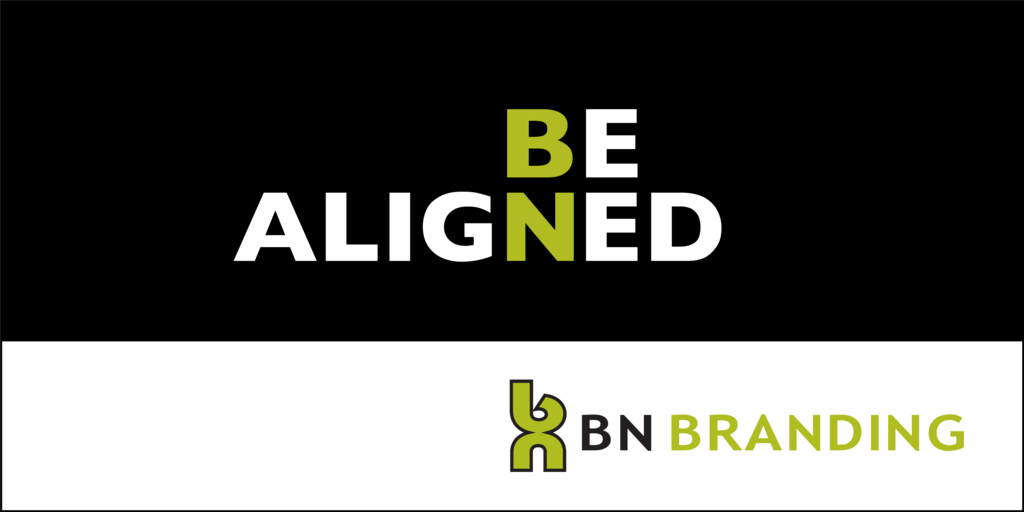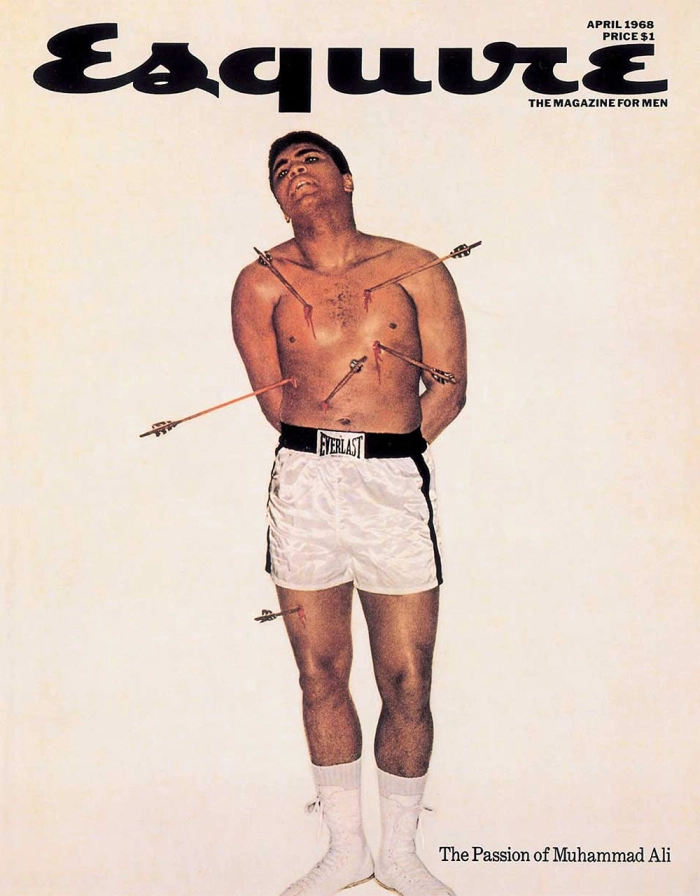![]() Here’s a worst-case branding & rebranding scenario that every business owner fears:
Here’s a worst-case branding & rebranding scenario that every business owner fears:
You’re forced to rebrand your company because of a costly legal dispute. You have 90 days to cease using your current brand name and identity, so you quickly hire a design firm to handle the rebranding work.
Of course, your business doesn’t stand still in the meantime.
You have to keep all the usual balls in the air, so you delegate the project to your most trusted employee. She’s your top salesperson. Your head of sales and marketing, and the closest thing you have to a mini-me.
The design firm she’s chosen is young, hip and energetic. They dive into the assignment with great enthusiasm, brimming with confidence, telling you that you’ll have a new name and brand identity in no time.
“It’ll be better than ever,” they promise.
Six months later you’re right back in the same, desperate situation with a new business name and identity that’s not memorable, protectable, or workable in any way. Only this time, you have no cash reserves to pay for another re-brand.
Sorry for the doom and gloom, but it happens all too frequently.
How? How can branding & rebranding project go so wrong, even when you have professional help?
Design firms and their clients don’t get the words right before they start the design process.
No one pays attention to the semantics of the brand, so they fail on the first, most important step of a rebranding process: Strategic Clarity.
Lacking clarity and strategic insight, the creative process goes around and around in unproductive circles.
I like to help you avoid that.

First, let’s define semantics:
In linguistics, Semantics is the study of meaning, reference and truth. It’s the process of eliminating ambiguity and establishing context and clarity around your brand.
It’s about getting the words right.
Most business owners have no idea how urgent that really is.
George Lois, the hall of fame art director from the by-gone days of Madison Avenue, said it quite well:
“Big ideas spring from words that bristle with visual possibilities. The words come first. Too many designers believe the visual image, the picture, is our common language. Not so. Our common language is always language.”
You won’t get that kind of thinking from the typical design firm.
Design firms are owned by designers. They’re creative, visual and artistic. It’s design-centric business where art comes first.
Messaging, copy, content and strategy are usually treated as after-thoughts, at best.
Most design firms rely on their clients for the strategy part of the branding & rebranding process.
They operate on the assumption that the client knows it like the back of her hand, and can convey it in a meeting or two.
That means it’s up to the client make sure her brand is clearly articulated. She has to get the strategy perfected and the words nailed down before they start the design process. Otherwise, she’s going to lose a lot of money and waste tons of time.
Frankly, that assumption is ass-backwards.
I always assume that the client does NOT know much about messaging strategy, differentiation and positioning. And I’m pleasantly surprised when I’m wrong about that.
Many businesses cruise along quite nicely for a long time without ever pinning down the semantics of their brand. The founders get the gist of it, intuitively, but they don’t have the words to describe it. Bits and pieces show up in powerpoint decks, ad copy and blog posts, but there’s no consensus.
![]()
It only becomes an issue when they have to redesign their packaging, launch a new ad campaign, or dive into a re-branding exercise.
That’s when it becomes painfully clear: They don’t know what to say, and what NOT to say. Their brand messaging is all over the place.
And since they can’t articulate their brand concisely, it’s very hard for the creative team to be successful when it comes to rebranding or producing a new ad campaign.
Even the most iconic brands have struggled with that.
Nike’s messaging was random and inwardly focused for more than 15 years until the team from Wieden & Kennedy nailed it with “Just do it.” Those three words changed the strategic direction of the entire company.
Scott Bedbury, Nike’s Director of Corporate Advertising at that time, described it this way:
“A lack of clarity on brand positioning was beginning to compromise Nike’s ability to grow the brand intelligently. ‘Just Do It’ codified an ethos that had always existed within the Nike brand. We just couldn’t see it until our backs were up against the wall and had to dig deeply into what made the brand tick.”
 There’s that word again.
There’s that word again.
When my firm was tasked with conceiving a new brand of frozen foods we started with one word: ethos.
What’s the ethos of this brand going to be?
There were a lot of discussions and debates on that subject. Our client had some inklings, but it was all very vague. We had no choice but to start with the words.
We studied the semantics of the word ethos, and explored all its connotations. We studied the ethos of the competition in the natural foods industry, as well as consumer trends, nutrition, and relevant culture codes.
From that one word, an idea emerged: We put the “eat” in ethos.
Ah ha! That’s it. EATHOS. With an A.
Thankfully, the trademark attorney’s due diligence showed a clear path to ownership. (Don’t ever forget that important step.)
Next we had to nail the tagline, distill the concept down to three words and provide clear, precise marching orders for the design team.
We wrote the book on the brand before they ever started working on logos. It’s not etched in stone — brands do evolve over time — but our brand bible provides a clear roadmap for all the work that follows.
Packaging, website, blog content, videos, and even social media posts. It all flows naturally out of the brand bible.
Along the way we had to answer a lot of tough questions;
• How does one specific logo design change the connotation of that name?
• What might someone infer from a particular tagline? Does is broaden the appeal, or narrow it?
• How does the elevator pitch expand on the idea that’s implicit in the identity design?
• Does a particular logo design convey the core brand concepts? Our three words?
These are the crucial questions that are part of every branding project.
There aren’t too many designers who would agree that words come first in any branding or rebranding exercise. And even fewer who have ever thought of the concept of brand semantics.
But at the same time, I’ve never worked with a designer who did not LOVE my words-first branding process. As I’ve heard many times, “This is great! I’ve never had such a thorough brief.”
It makes her job way, way easier. It eliminates all the guesswork, provides laser-like focus, and helps her produce her very best work.

Very few designers have George Lois’s talent for words. (He came up with “Lean Cuisine”) And what’s even more rare is a designer who can wear three hats: designer, writer AND strategist.
Branding & rebranding simply isn’t a one-person job.
You need a creative team to do your branding & rebranding. It should always be a balanced team effort between a writer, designer and strategist — with a ton of good input from the client.
It’s not entirely their fault if they do not hit a home run with their first attempt. Nor is it the fault of your head of sales and marketing. It’s a team failure. You need to work closely with the team to ensure that that strategic direction is correct.
They need to know you well enough to crystalize everything you’re about into a few simple words and images.
It’s not just art, and not just words. It’s both elements married together into a commercially viable big idea.
That’s how you tee up successful branding & rebranding projects. First you spell things out. Eliminate confusion. Establish clarity.
Then you start the design process.
If you don’t, you could waste a lot of money re-printing sales materials, re-doing websites, repainting trucks, rebuilding signs, and re-shooting commercials.
Want to save a lot of time and money on branding & rebranding projects? Contact me here. Or reach out on LinkedIn.



Hello John, great breakdown of branding as a concept! Semantics play a pivotal role in branding. Choosing the right words eliminates ambiguity and establishes clarity, ensuring the brand message aligns with its identity.